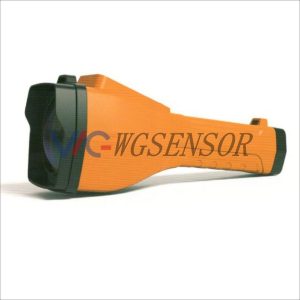Introduction:
Laser Methane Detectors (LMDs) are cutting-edge devices designed for the accurate and efficient detection of methane gas. Methane, a colorless and odorless gas, is a significant component of natural gas and can pose safety and environmental risks if not properly monitored. In this article, we’ll explore the science behind LMDs and how they play a crucial role in various industries.
Understanding Methane:
Methane is a hydrocarbon with one carbon atom and four hydrogen atoms (CH4). It is a potent greenhouse gas, and its detection is vital in preventing leaks during natural gas production, transportation, and storage. LMDs utilize advanced technology to detect methane concentrations in the air, helping to ensure safety and environmental compliance.
Principle of Operation:
Laser Methane Detectors operate on the principle of absorption spectroscopy. The device emits a laser beam at a specific wavelength that corresponds to the absorption band of methane. When the laser beam interacts with methane molecules in the air, the gas absorbs the energy, causing a change in the laser light’s intensity. By measuring this change, the detector can accurately quantify the concentration of methane present.
Key Components:
1. Laser Source: LMDs incorporate a laser source that emits a narrow and specific wavelength of light, tailored to methane’s absorption characteristics.
2. Optics: Optical components, such as mirrors and lenses, are used to direct and focus the laser beam through the air sample.
3. Detector: A photodetector captures the laser light after it has interacted with the methane molecules. The detector converts the received light into an electrical signal.
4. Signal Processing: The electrical signal is processed by sophisticated algorithms that analyze the intensity change, allowing the device to calculate the methane concentration.
Applications:
Laser Methane Detectors find applications across various industries, including:
1. Oil and Gas: LMDs are crucial for detecting methane leaks in pipelines, wellheads, and storage facilities.
2. Environmental Monitoring: These detectors aid in assessing methane emissions from landfills, agricultural activities, and wastewater treatment plants.
3. Safety and Compliance: LMDs are used to ensure workplace safety by monitoring methane levels in confined spaces and industrial settings.
Advantages:
1. Real-time Detection: LMDs provide instantaneous results, enabling swift response to potential methane leaks.
2. Non-Intrusive: The technology allows remote detection without the need for direct contact with the gas source.
3. High Sensitivity: LMDs can detect methane at very low concentrations, ensuring early detection of leaks.
Conclusion:
Laser Methane Detectors play a pivotal role in mitigating the environmental and safety risks associated with methane gas. Their advanced technology and widespread applications make them indispensable tools in various industries, contributing to a safer and more sustainable future.


Please contact us for free quotation by form below. We promise the quickest response within 24 hours: